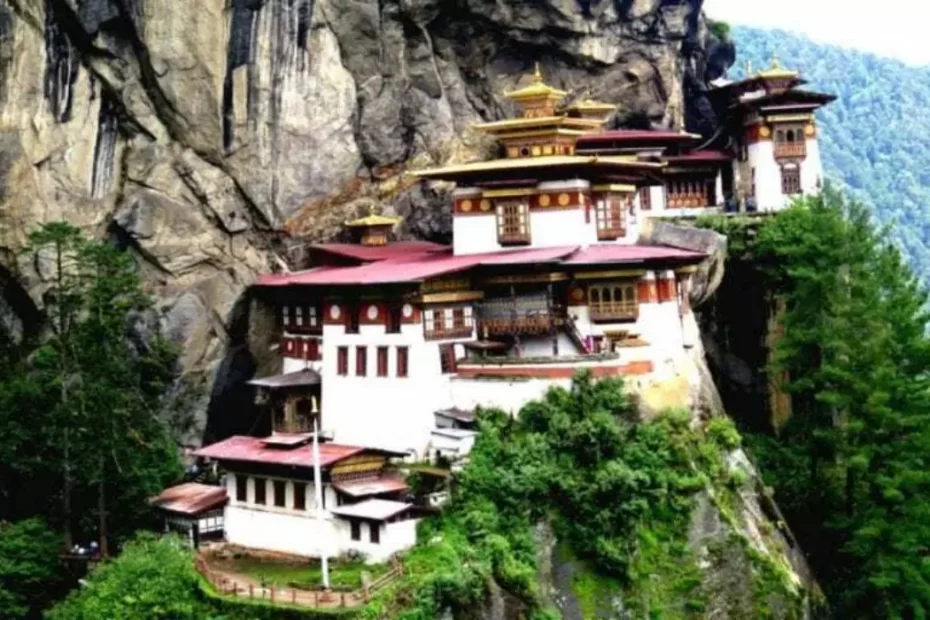Nicola and I had the incredible opportunity to visit the Kingdom of Bhutan, a tiny Buddhist country tucked in the heart of the Himalayas, in July of 2017 as guests of a very gracious local host. He created a custom Bhutan adventure just for the two of us. Although both Nicola and I have visited many countries in Asia, Bhutan stood out as truly unique. For starters, it is the only officially buddhist country in the world, there are no traffic lights, its architecture is traditional and cohesive, temples and Dzongs (fortresses) adorn even the most remote regions of the country, it boasts dramatic landscapes, and the people are incredibly friendly. It is also a land where wealth is measured not by traditional economic measures, but rather by a happiness index. How awesome is that? With its stunning scenery, welcoming people and fascinating culture, a visit to Bhutan is guaranteed to increase your Gross Personal Happiness.
Bhutan is a fabulous country for hiking ranging from day hikes to multi-day treks. While we were there, we hiked almost everyday, although none of our hikes were terribly difficult. One of the most extraordinary things was that we encountered virtually no other travellers on our hikes, even along some of the more popular trails. We did encounter monks, farmers, students, and so many mellow dogs. Pristine mountain lakes, rice terraces, precariously perched temples, imposing glaciers, and some of the world’s most endangered species await the visitor in the mountainous amphitheatre of the Himalayas.
If hiking isn’t your thing, there are dozens of colourful festivals throughout the year that are very worthwhile. Every village is known for their unique festival though the most widely known is the annual Tshechu, meaning a religious festival.
Interested in visiting Bhutan? Contact us and we can put together a custom trip for you. Unlike most other countries, you cannot travel/backpack independently, but must book at tour through a licensed operator (which we are). We will arrange your visa, flights, and curate an itinerary that best suits your needs whether you are interested in an active or cultural trip. Check out our Bhutan itinerary for inspiration – Bhutan Custom Tour. Not quite what you are looking for? Tell us what you are most interested in and we will curate a Bhutan tour just for you.
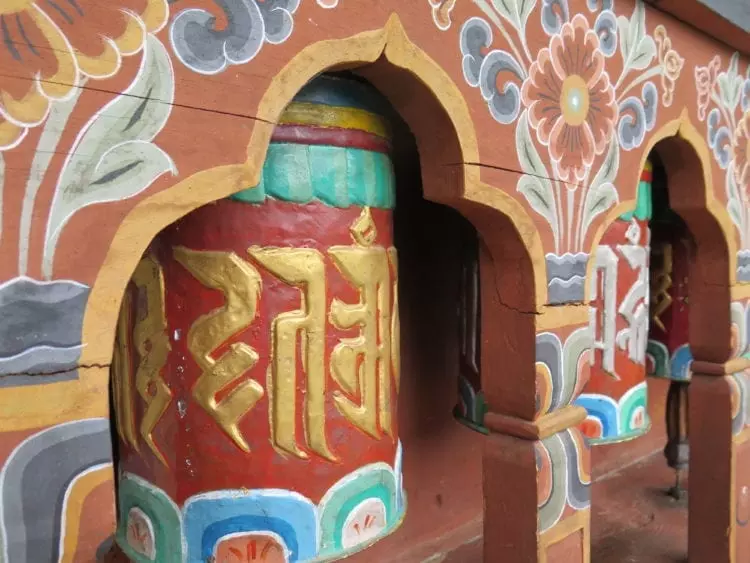


















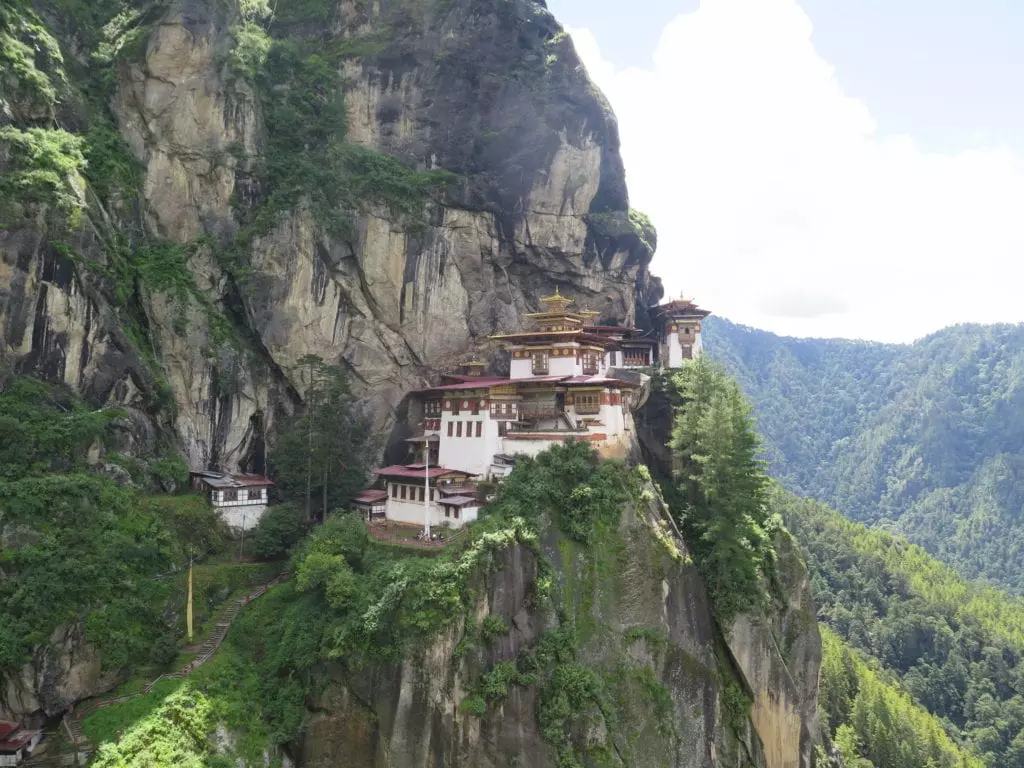
Contact us for a Bhutan Adventure designed specifically for you!
Explore Other Posts

HEART FLUTTERS AT MACHU PICCHU
As a professional gypsy, I am very fortunate to have had the opportunity to travel to some of the most amazing places on earth. I have been affected by all of the places that I’ve visited but am very aware that not all destinations are created equal and everyone’s personal experiences in those places are…
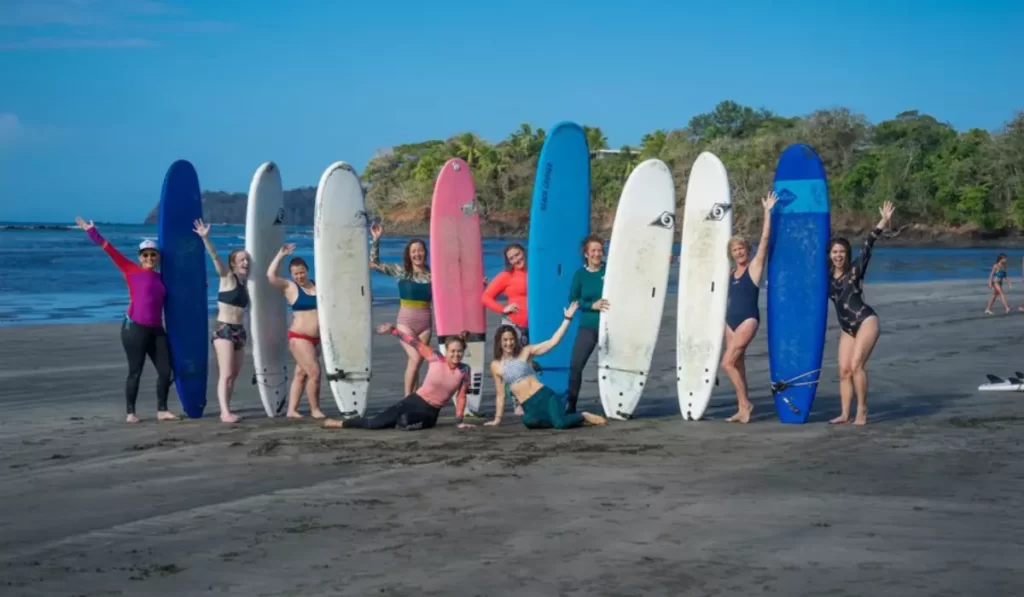
THE SISTERHOOD ON A SURF & YOGA RETREAT
I bobbed in the ocean, sitting on my board, breathing heavy from the paddle out past the break. I already felt like giving up, but my eyes were zeroed in on the horizon, squinting away the sunrise. My brain was on overdrive. This one? No, wait…maybe…no. This one? No, I can’t do this! This one?…

BOGOTA STREET ART
Colombia is throwing off its negative reputation with a cultural and artistic renaissance to match any of its South American neighbours. Nowhere is this more evident than in the street art which adorns Bogotá’s walls, and which reveals the untrammelled creativity of the capital’s graffiti artists. Check out some of my favourite pieces of street art…
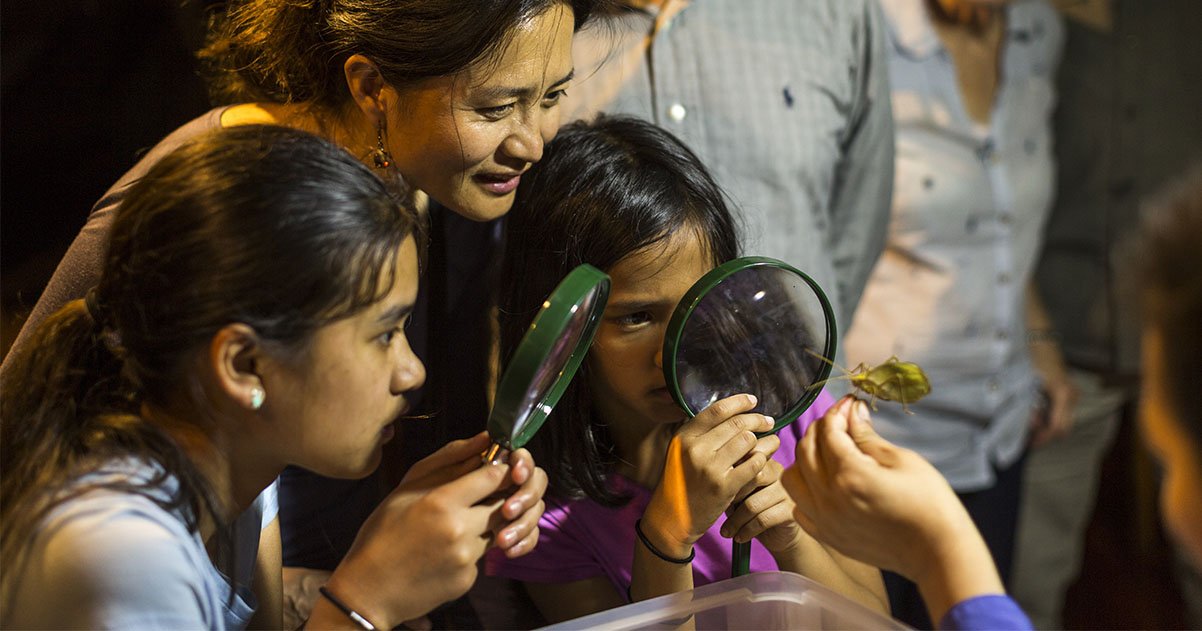
BECOME A CITIZEN SCIENTIST IN THE PERUVIAN AMAZON
A Rewarding Trip to Peru’s Amazon If you are anything like us Wordly Girlies, you are likely interested in wildlife, conservation and cool, remote locations! One of the things we also always seek out when travelling is how we can support or give back to the communities or places we visit. During a recent trip…
CONNECT WITH US!
Explore the globe with the #worldlygirlies
JOIN OUR FINISTERRA TRAVEL COMMUNITY
Stay up-to-date with us when you sign up for our newsletter.
